According to a Ministry of Defence press release, the AUKUS partnership, which involves Australia, the UK, and the US, has recently conducted trials using AI-enabled uncrewed aerial vehicles (UAVs) designed to enhance military operations by allowing human operators to locate, disable, and destroy ground targets.
This trial marked the first real-time military exercise where autonomy and artificial intelligence (AI) were integrated into UAV operations.
The exercise demonstrated the use of AI and autonomous systems to potentially reduce the time required to identify enemy targets and to operate with lower risks to personnel.
The trial included drones from each of the three AUKUS nations, operating together in the same airspace, supported by an AI team that adjusted and deployed AI capabilities onto the platforms.
The press release noted the effective exchange of data and control between the nations’ technologies, which is seen as a step forward in the trilateral adoption of AI and autonomous systems. This trial is part of a broader initiative known as AUKUS Resilient and Autonomous Artificial Intelligence Technologies (RAAIT), aimed at developing AI capabilities that maintain meaningful human oversight.
Commodore Rachel Singleton, Head of the Defence Artificial Intelligence Centre (DAIC) and UK lead for the AUKUS AI and Autonomy Working Group, stated: “The AUKUS partnership is key to ensuring that the systems designed by each nation are interoperable into the future. Service personnel from one nation will be supported by capabilities that have been developed across all three nations.”
The trial, which forms part of the US-hosted Project Convergence experimentation exercise, involved around 500 British Army personnel, including units such as the 1 Deep Recce Brigade Combat Team, 2nd Battalion the Royal Yorkshire Regiment, and the Ranger Regiment.
The Defence Science and Technology Laboratory (Dstl) led the UK’s participation, supported by industry partners including Deloitte, Cambridge Consultants, and Blue Bear Systems Research.
The trial also featured contributions from the Australian Defence Science and Technology Group and several US defense agencies, including the Air Force Research Laboratory and the Army Research Laboratory.


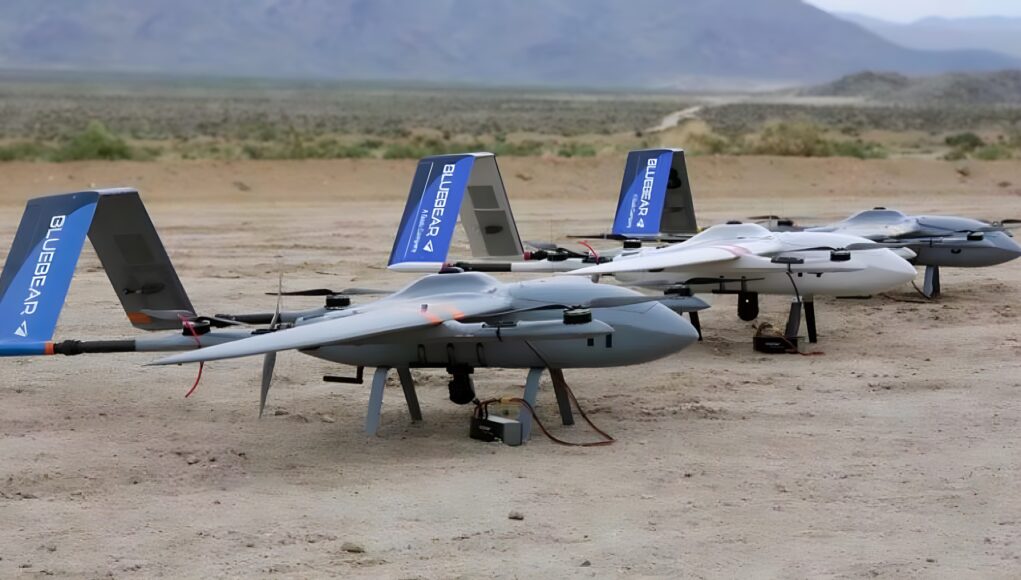
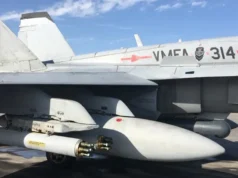

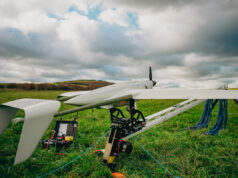
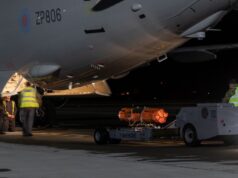
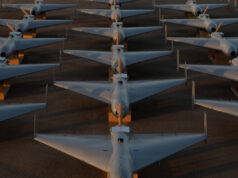
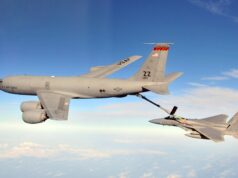
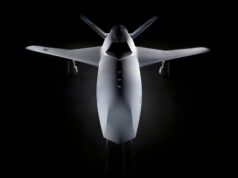

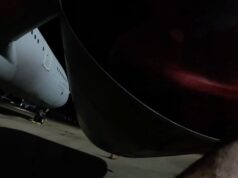
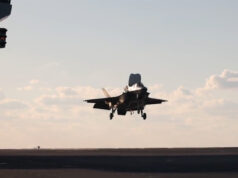

Anyone know what UK drones were on this exercise?
I’m guessing that Blue Bear provided some, I looked them up and saw an article about the UK trialling 20 different models a few years ago. Blue Bear is a Saab company who have links to Airbus and a few others.
There is a good clear picture of the 20 Drones in the article which gives you a proper Idea of size. The pic above doesn’t really give much away.
Dum, dum dum dudum …..intro into terminator
Can anyone remember what the British military satellite network is called? 🤣
What could ever go wrong?
“I’ll be back”.
How long until someone works out how to acquire control of the enemies drones & turn them on them?
Interesting, the 3 units involved. 2 York’s is the Army Experimental Infantry Bn.
Great tech! We don’t need to test it in an unrealistic environment when we have a real laboratory for testing AI enabled technology in Ukraine. How about that!